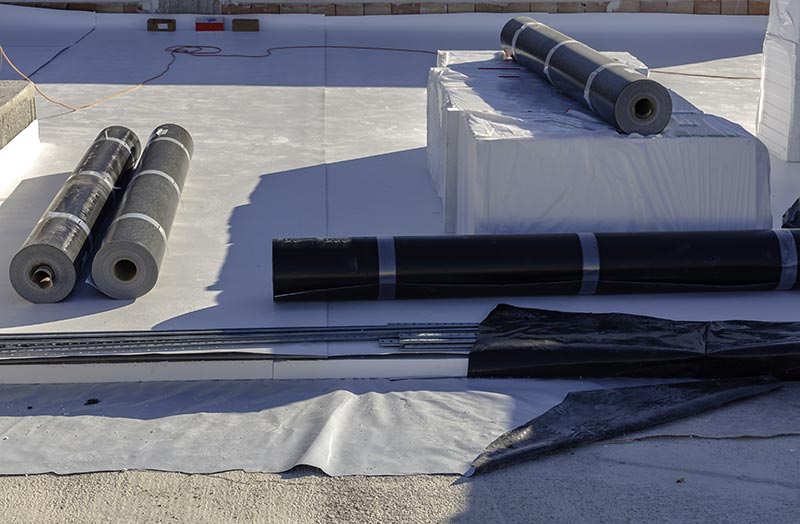Introduction
When it comes to updating and improving the roof of your home, one common question arises: can you install new shingles over existing ones? Re-roofing over existing shingles is a cost-effective and time-efficient way to give your home's roof a fresh appearance without undergoing a complete tear-off. In this comprehensive guide, we'll explore the benefits, considerations, and steps involved in re-roofing over existing shingles.

Benefits of Re-Roofing Over Existing Shingles
Cost Savings: The primary advantage of re-roofing over existing shingles is cost savings. Traditional roof replacement involves removing old shingles, which can be labor-intensive and costly due to disposal fees and additional labor hours. Re-roofing eliminates these expenses, making it an economical choice.
Time-Efficiency: Re-roofing is considerably quicker than a full tear-off and replacement. This is especially beneficial if your roof is in relatively good condition and needs a cosmetic upgrade.
Reduced Disruption: Re-roofing generates less noise, debris, and disruption compared to tearing off the entire roofing system. This is particularly advantageous if you plan to stay in your home during the re-roofing process.
Added Insulation: Installing new shingles over existing ones can provide an extra layer of insulation, improving energy efficiency and potentially reducing heating and cooling costs.
Considerations Before Re-Roofing
Local Building Codes: Before you proceed, ensure you're aware of local building codes and regulations. Some areas may have restrictions on the number of layers allowed, and compliance is essential for safety and adherence to standards.
Roof Condition: Re-roofing is best suited for roofs with minor damage or wear. If your existing shingles are severely damaged, or if you have multiple layers of shingles already, a complete tear-off may be necessary.
Weight: Adding a new layer of shingles increases the weight on your roof's structure. Consult a roofing professional or structural engineer to ensure your roof can handle the additional load.
Aesthetics: Keep in mind that re-roofing may not be suitable for all roofing materials. Thicker shingles might affect the appearance of roof edges, vents, and other details.
Steps to Re-Roof Over Existing Shingles
Inspection: Thoroughly inspect your existing roof for signs of damage, leaks, or structural issues. Address any problems before proceeding.
Preparation: Remove loose debris and clean the roof surface. Ensure that the existing shingles are flat and properly adhered.
Underlayment: Consider adding an additional layer of roofing underlayment for improved moisture protection and to help smooth out any irregularities in the existing shingles.
Flashing and Vents: Replace or update flashing, vents, and other roof penetrations as needed to ensure a proper seal.
Installation: Begin installing the new shingles according to the manufacturer's instructions. Work your way up the roof, overlapping shingles to prevent water infiltration.
Trimming and Details: Pay attention to roof edges, valleys, and other architectural details. Trim shingles as necessary to maintain a neat appearance.
Final Inspection: Once the new shingles are installed, conduct a final inspection to ensure everything is secure and properly sealed.
Conclusion
Re-roofing over existing shingles can be a practical solution to enhance your home's curb appeal without breaking the bank. While it offers numerous benefits, it's crucial to carefully assess your roof's condition, follow local regulations, and take appropriate steps to ensure a successful re-roofing project. When done correctly, re-roofing can provide a refreshed and well-protected roof that adds value and durability to your home. If you're uncertain about any aspect of the process, it's recommended to consult with roofing professionals for guidance tailored to your specific situation.
For More Info :-






Comments